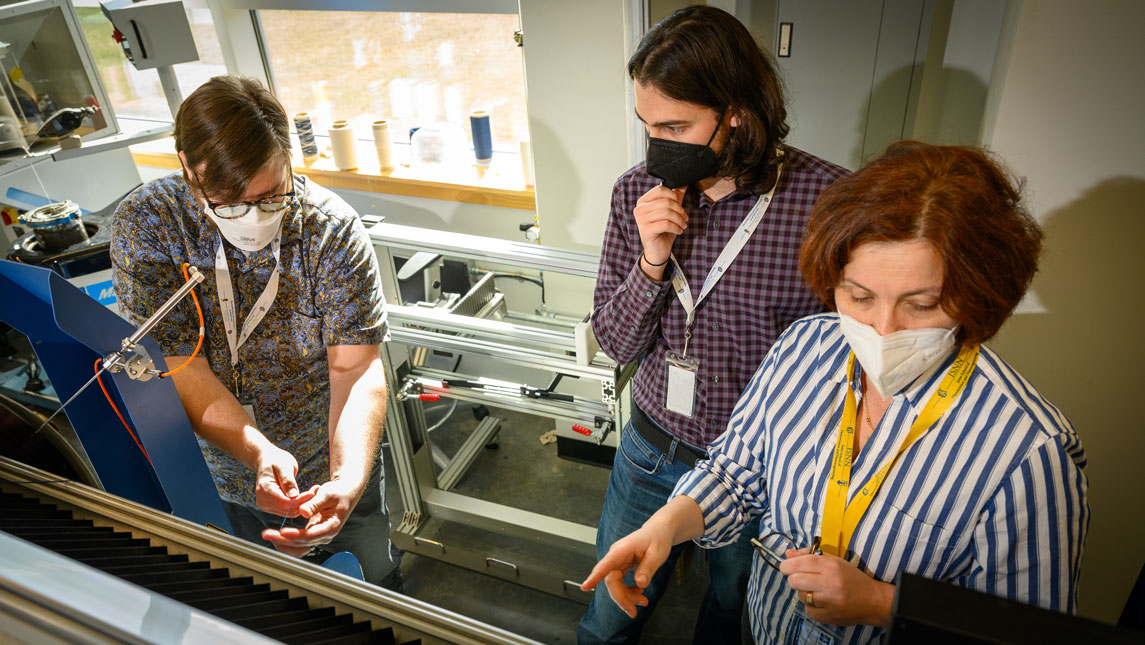Self-cleaning gloves. An antibacterial shirt. Jeans that charge your phone, take your temperature, and report your electrolytes. A scarf that detects cancer. Does it sound like we’re living in “The Jetsons” yet? This could be our actual fabric future, according to researchers at the Joint School of Nanoscience and Nanoengineering.
“It is absolutely new,” says Dr. Tetyana Ignatova. “The combination of nanomaterials into textiles opens new avenues for the clothing industry. And we are very excited, because it is our societal responsibility, as scientists, to utilize our knowledge, expertise and technical skills for the sake of satisfying needs of society. This is why, at JSNN, we aim to convert the fundamental science into real applications to perform translational research.”
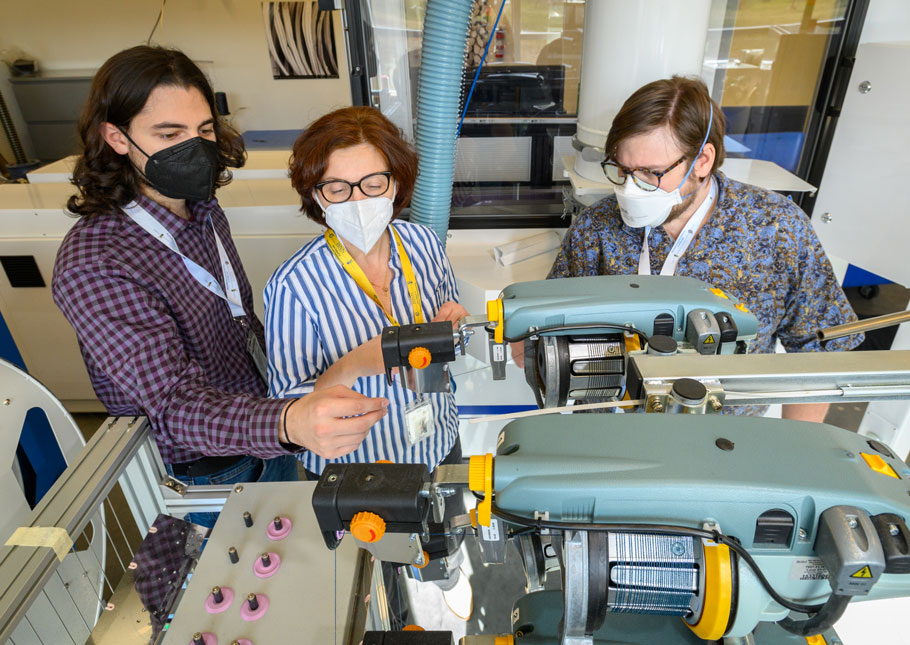
Ignatova’s lab group concentrates on experimental nanoscience of low-dimensional materials, focusing on physics of biosensing, spectroscopic intra-cellular imaging, and nanofabrication for energy storage.
She explains that the need for using nanotechnology in textiles came up during COVID times, when it was obvious people were scared of surfaces and looking for ways to sanitize, protect, and monitor their health.
Nanoscience offers novel ways of solving complex problems, from fending off viruses and bacteria to developing novel biosensors. Some possible technological developments are similar to the way an N95 mask works, with fibers that are electrostatically charged, attracting particulates and preventing transmission through the mask.
As Ignatova explains, silver nanoparticles resist the adhesion of bacteria cells, even more than sanitizing substances that we use to clean hands and surfaces. Nanotubes can do that as well, and can be used to incorporate biosensors into fabric.
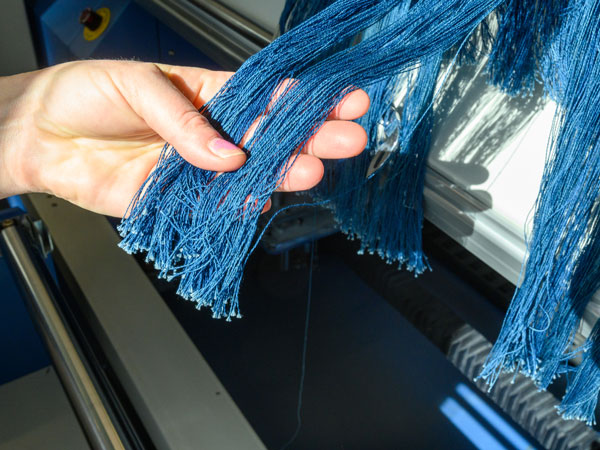
“We can incorporate nanotubes into fibers and make antimicrobial or antiviral fabrics, and also functionalize carbon nanotubes to become biosensors,” says Ignatova. “That is what we will accomplish. We plan to make it and test it, and we know how to test it. If we can create clothes that help serve medicine and health, it will be a new era of fashion.”
The virus and bacteria-resistant textiles idea isn’t just for human benefit. Chemicals that most people currently use to discourage bacteria have harmful effects on the health of the environment, so self-cleaning surfaces would have a lot of environmental value.
Toward the possibility of fabric-embedded biosensors, Ignatova recently published a paper with Dr. Sajedeh Pourianejad, in the journal ACS Nano, about how to use two-dimensional hybrid structures to detect drag, or a resistance force. They also recently published a paper on clean transfer procedures for monolayer nanomaterials, and another about understanding surface and material interactions. The work relates to Ignatova’s work on early detection of COVID-19, for which she received a grant from the National Science Foundation in 2020.
Ignatova appreciates that this work relates to North Carolina’s manufacturing history and sees a potential future for the region in both textile technologies and functionalities. Recent donations of equipment from Kontoor Brands helps their research. The equipment includes a state-of-the-art yarn dyeing machine with ability to control sample temperature, and amount, in addition to an automated sampling loom that allows the ability to boost material performance.
“So now, to move further and to create a type of sensor on a fabric or to incorporate two-dimensional material into fabric – this is what these two students are working on,” says Ignatova, motioning toward the students in her lab group, Anthony Trofe and Jared Averitt.
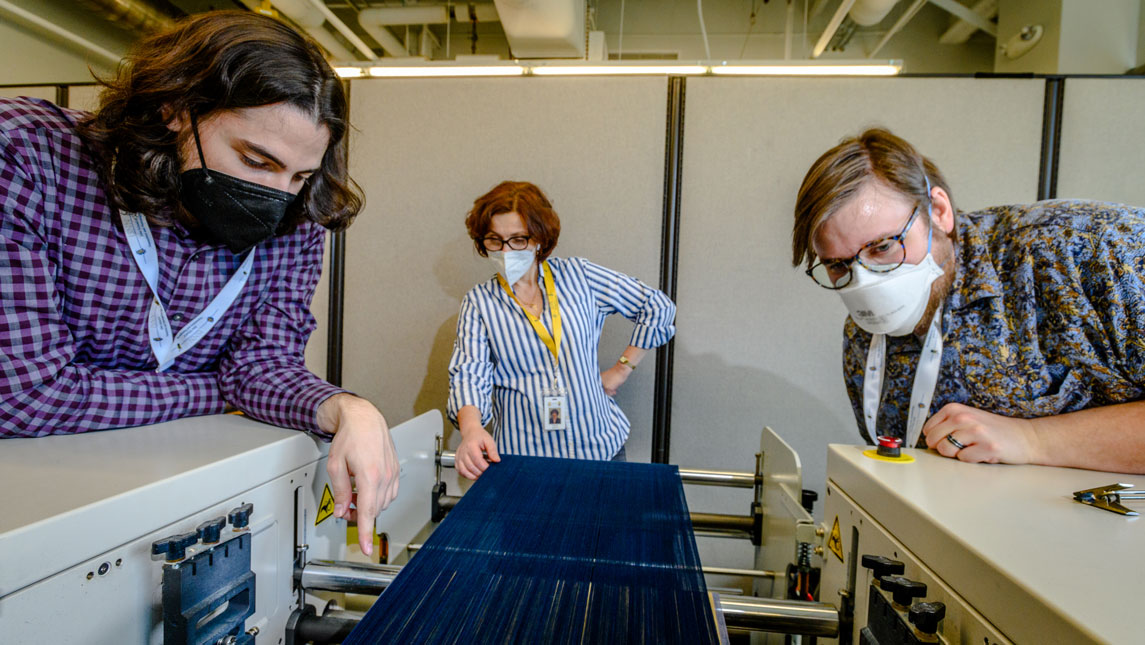
Trofe, a second-year student with an undergraduate degree in physics, defines himself as an experimentalist and plans to specialize in 2D materials. At first, he wasn’t sure he was graduate school material, but his undergraduate advisor nudged him toward JSNN, where he connected with Dr. Ignatova.
“We connected and things fell into place,” he says. “And it just feels right – just the constant unknown in front of you, always being able to look forward and kind of wonder ‘what can I do now’ and try to push what we know as a scientific community. Even just the smallest bit further is super exciting.”
Jared Averitt, a nontraditional-age student and a National Science Foundation fellow, came to JSNN with a dual degree in physics and biology, with minors in chemistry and math. His goal is to teach students at the undergraduate level and work on experiments and simulations in nanoscience and physics.
“I think this is where science is going, nanoscience. It also takes in all of science – chemistry, math, biology, and even businesses are benefiting from it. It’s almost like we’re coming to a new beginning for science.”
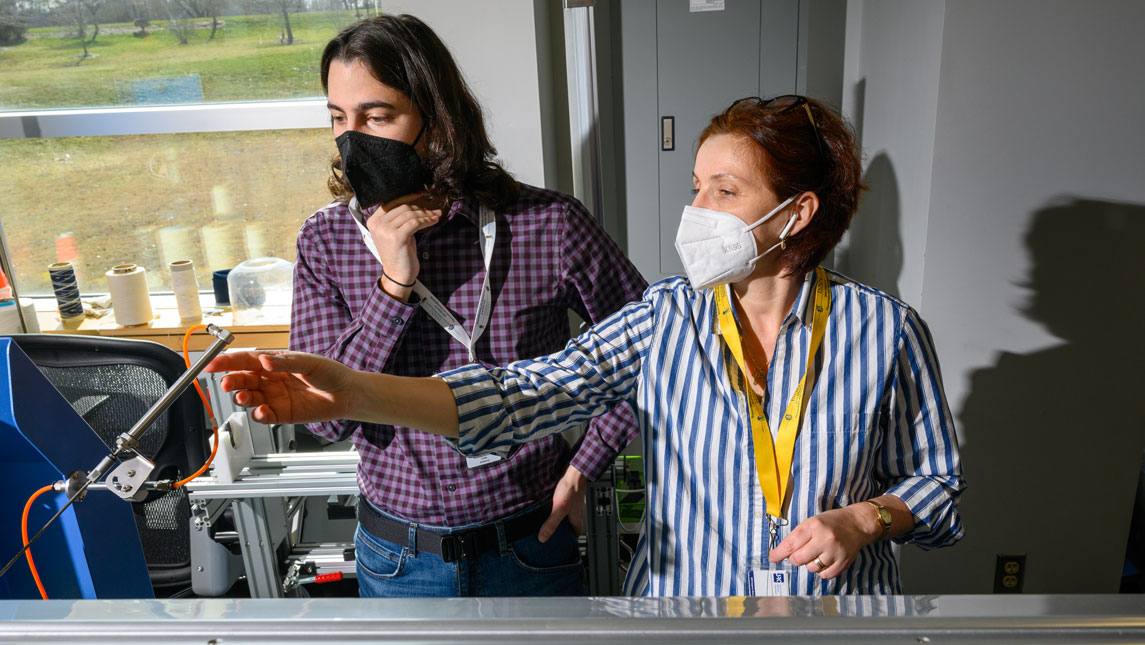
Story by Susan Kirby-Smith, University Communications
Photography by Martin W. Kane, University Communications
